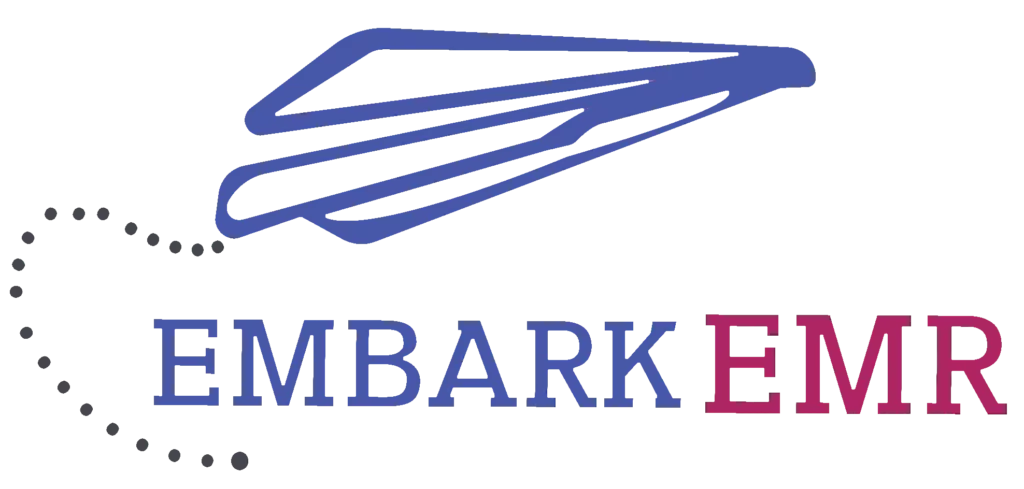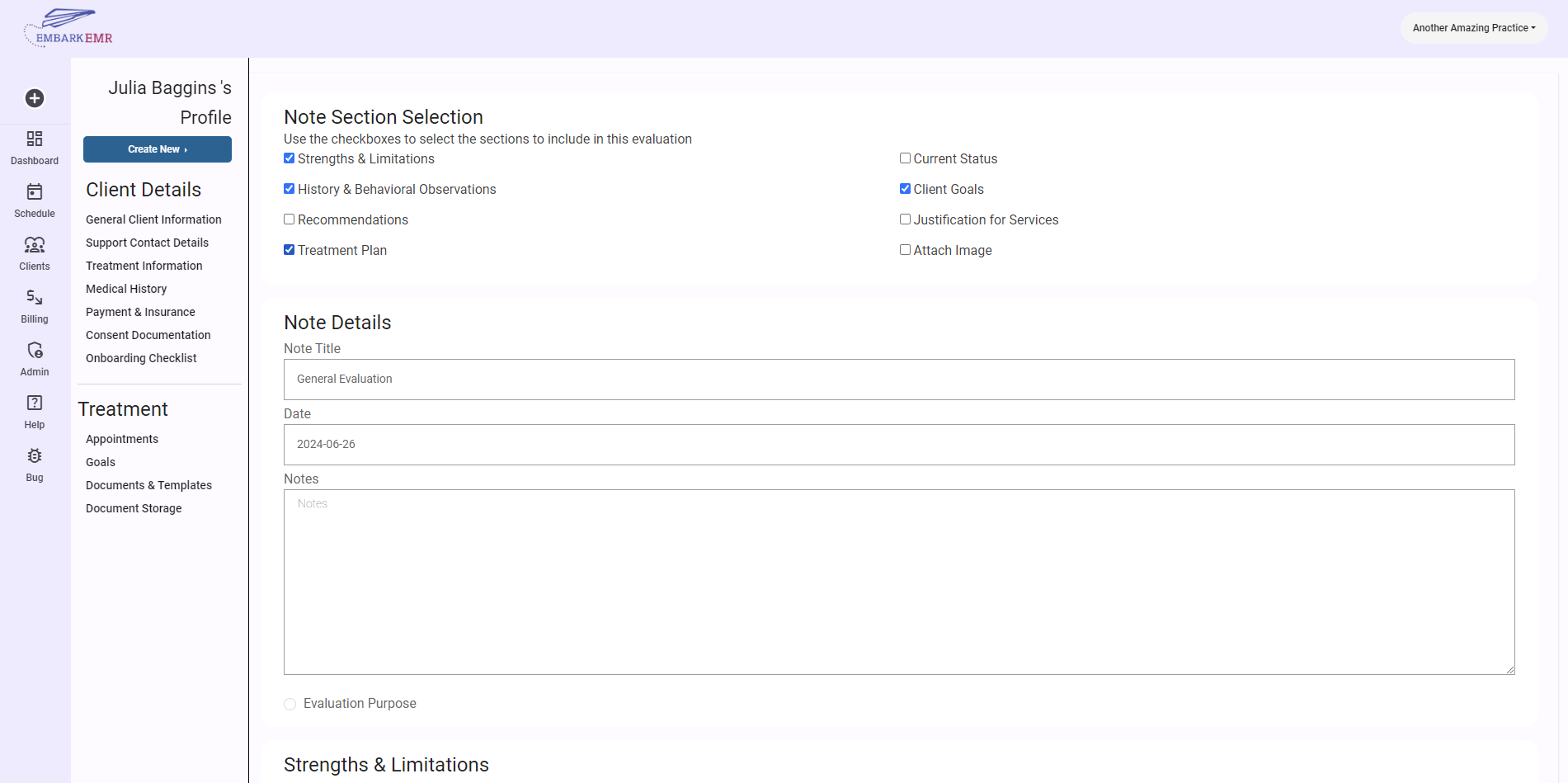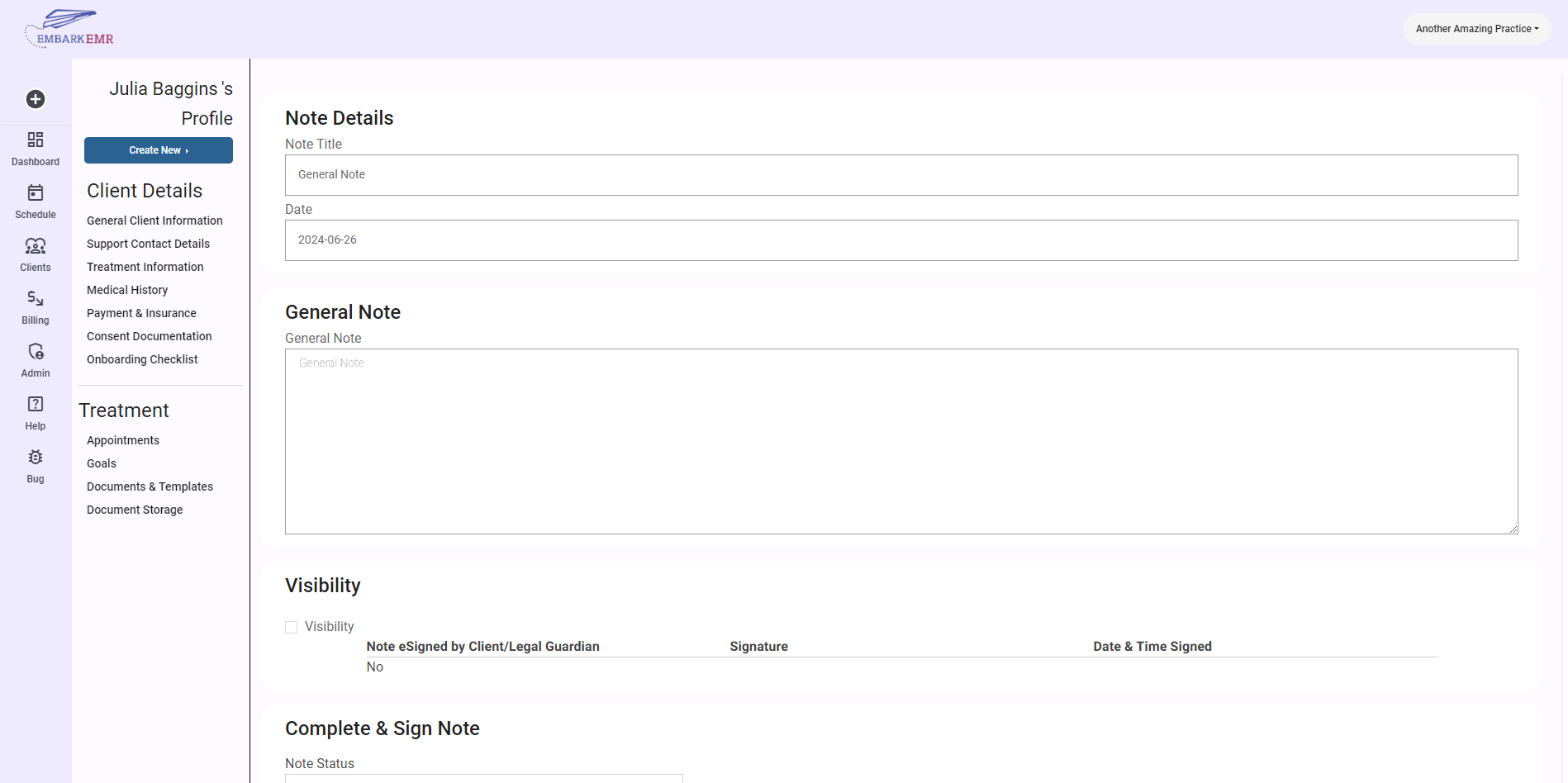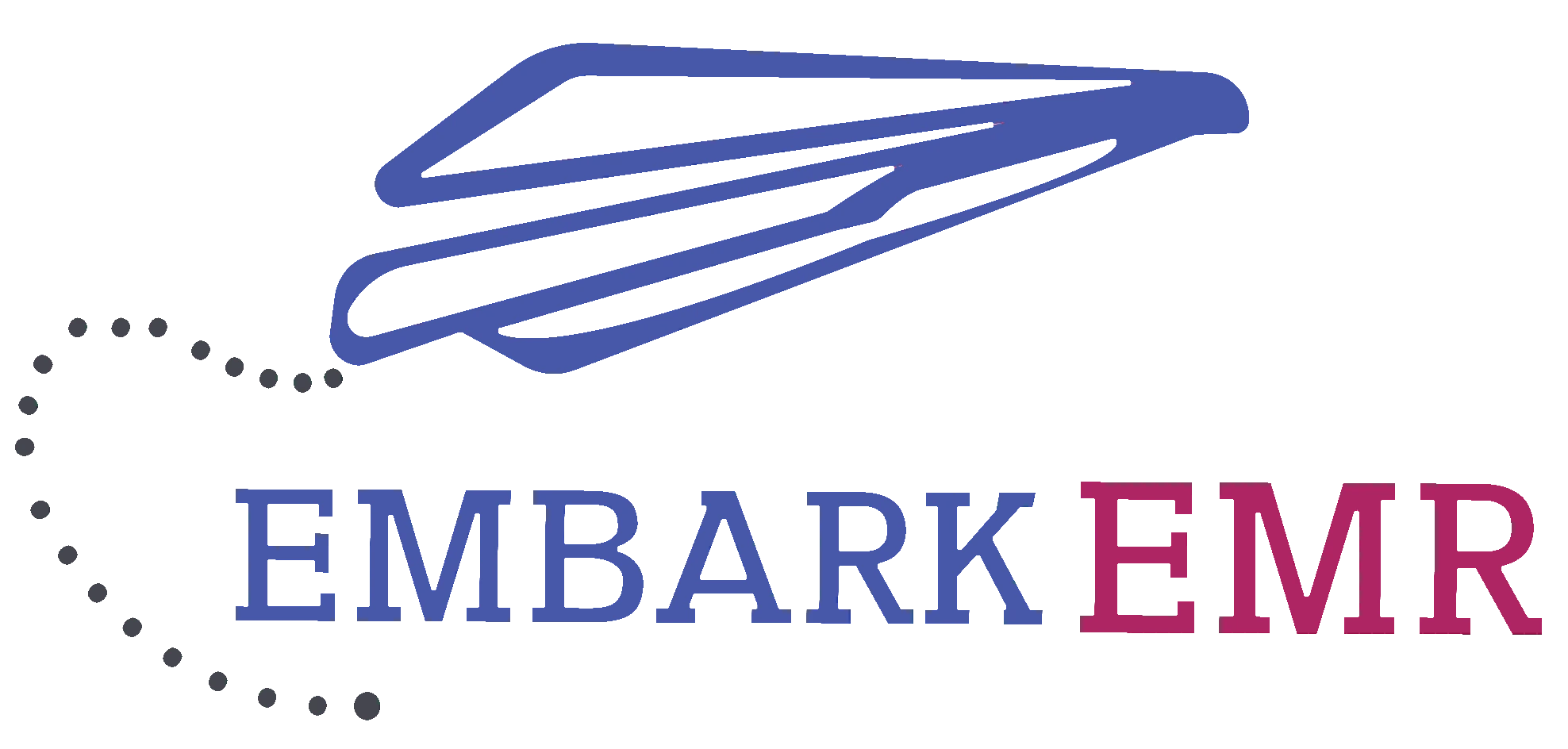Introduction:
The Client Goals section of our EMR software is a dedicated space designed to help providers set, manage, and track the progress of treatment goals for their clients. This section is essential for fostering structured and goal-oriented therapy sessions across various disciplines. Here’s how to make the most of the Client Goals section to enhance clinical outcomes and client satisfaction.
Purpose of the Client Goals Section:
The Client Goals area serves as a central repository for all goals set by the provider for a specific client. It helps in tracking client progress systematically and allows for adjustments based on the data collected through ongoing therapy sessions. This organized approach ensures that each client’s treatment plan is tailored to their individual needs and progress.
Navigating the Client Goals Section:
Upon entering the Client Goals section, providers can view and manage all goals associated with a client and view progress made toward goals. This area allows for the addition, modification, and review of goals, making it a dynamic tool for effective treatment planning. To add a new goal to a client’s profile, click the “+ Add Goal” button in the top right corner, a modal will appear with feilds to collect the applicable information. Users may also select a precreated goal from the practice goal bank to autopopulate the goal description.
Fields in the Client Goals Section:
- Goal Type: Choose from “Short Term,” “Long Term,” or “Not Applicable” to classify the goal according to the expected duration and scope.
- Goal Status: Set the current status of the goal as “Ongoing,” “Future Goal,” “Goal Met,” or “Discontinued.” This helps in organizing goals and prioritizing efforts.
- Goal Description: Provide a clear and concise description of what the goal entails, outlining what the client is expected to achieve.
- Baseline: Document the client’s initial status or abilities concerning the goal at the start of the intervention. This serves as a reference point for measuring progress.
- Intervention: Detail the specific actions, therapies, or strategies to be employed to reach the goal. This should align with best practices and evidence-based interventions.
- Provider Notes: Use this field for any additional observations, modifications, or insights that can inform future sessions and goal adjustments.
Understanding the Progress Graph:
The chart in the Client Goals section visually represents the client’s completion percentage over time. Each bar on the graph corresponds to a specific goal, showing the progression from the baseline to the current status. This visual tool is updated automatically as completion percentages are entered through appointment notes, providing a quick and effective way to monitor progress and adjust treatments as needed.
Conclusion:
The Client Goals section is a powerful tool within our EMR software that not only organizes the therapeutic process but also enhances the effectiveness of care delivery. By understanding how to effectively use this section, providers can ensure that they are meeting the evolving needs of their clients, supporting meaningful progress, and achieving clinical excellence.




